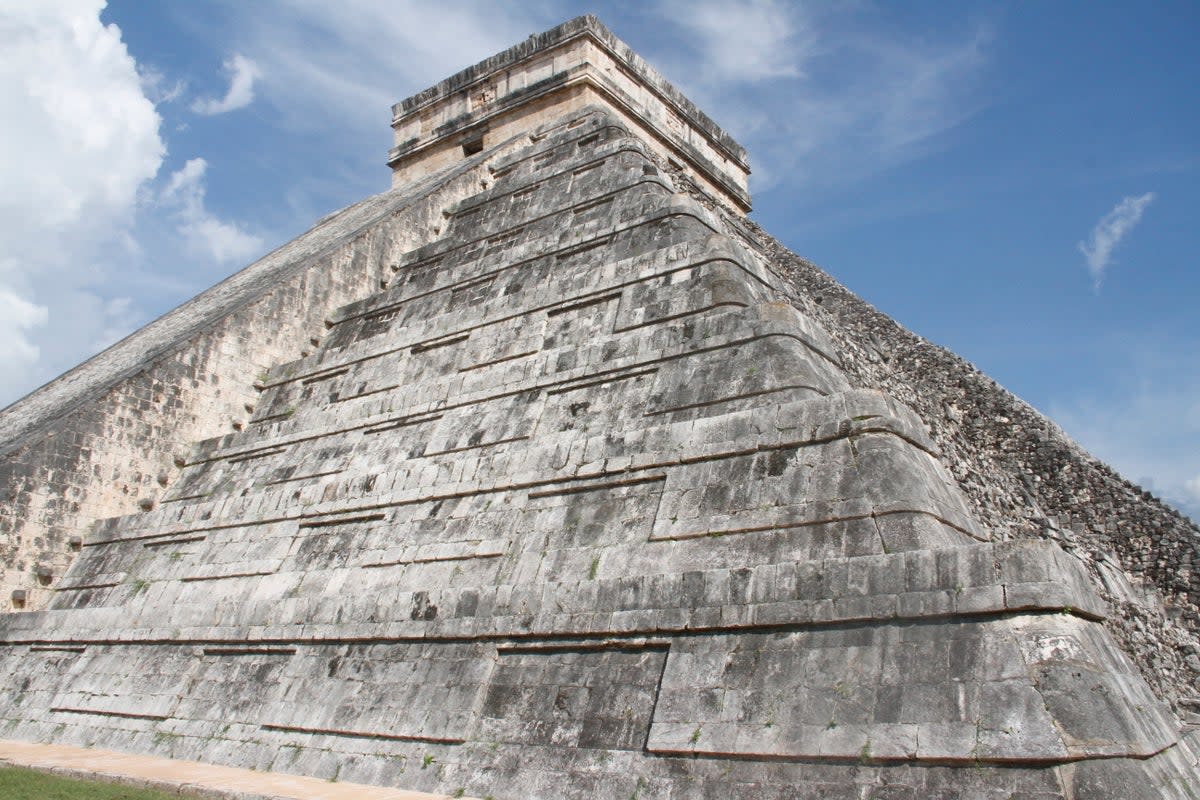Scientists solve profound mystery of ancient Mayan calendar

A profound mystery surrounding the ancient Mayan calendar might finally have been solved.
Previous research, on historic inscriptions, has found that the ancient Mayans used a calendar system known as the 819-day count. It has puzzled experts ever since.
The 819-day count appears to have been some kind of calendar. But it is not clear exactly how it would work, or how it would fit with the civilisation’s more regular calendar system.
Some research had suggested that it was used in relation to the “synodic period”, or the time over which a specific planet will appear in a specific part of the sky. Mercury, for instance, has a synod period of 117 days – and seven of those makes up 819.
But that did not fully solve the problem. The same calculations did not work with other planets and researchers were unable to match them with the 819-day calendar.
A new paper suggests that those researchers might not have been thinking long-term enough. By extending the timeframe of the calendar vastly, they found that the numbers were able to line up.
The 819-day calendar may not be based on just one set of 819, by 20 of them. By using that vast multiple of the 819-day period, researchers John Linden and Victoria Bricker found that the calendar does in fact line up with astronomical observations.
Over 20 sets of 819 days – about 45 years – it lines up with all the synodic periods of all the planets the Mayans would have been able to see.
Through that period of 20 cycles, each planet goes through its synodic period a round number of times. For Mercury, it is each time – but Venus does it ever five times, Saturn every six, Jupiter every 19 and Mars every 20.
By combining all of those long periods, researchers were able to find that the planets do in fact fit with that 819-day period, even though Mercury is the only one that fits entirely within one of the cycles.
Combining them may have allowed the Mayans not only to predict where the planets would appear, but also to use those predictions for important celebrations.
“Rather than limit their focus to any one planet, the Maya astronomers who created the 819-day count envisioned it as a larger calendar system that could be used for predictions of all the visible planet’s synodic periods,” the authors write.
An article describing the findings, ‘The Maya 819-Day Count and Planetary Astronomy’, is published in the journal Ancient Mesoamerica.

